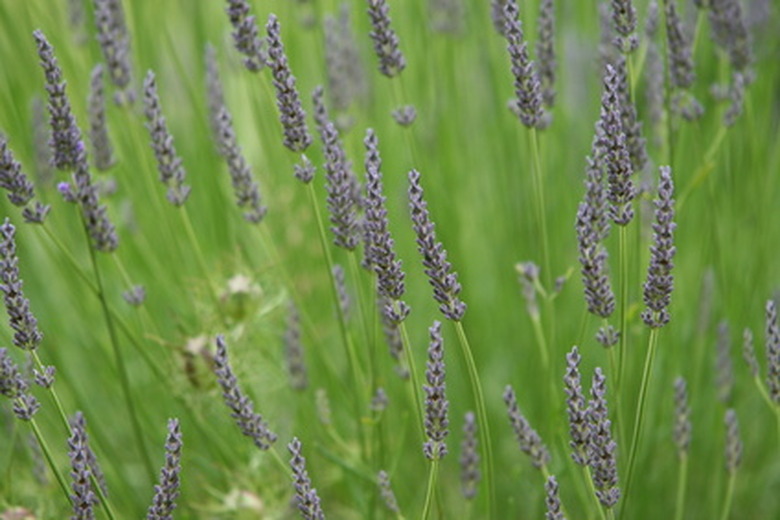Shrubs That Stay Green All Winter
Evergreen shrubs play an important role in the landscape, according to the University of Minnesota's Sustainable Urban Landscape Information Series. In addition to making natural screens and windbreaks and reducing noise, they also provide food for wildlife and year-round interest in the garden or yard. Choose from a wide variety of evergreen shrubs when considering landscape plants for home or commercial use.
Arborvitae
If you are looking for a tall evergreen shrub for either privacy or use as a windbreak, arborvitae may be your plant. Dark green arborvitae grows 20 to 30 feet high and it attracts deer, which can be a bane or benefit depending on your environment. Emerald green arborvitae grows 10 to 20 feet high and has a fresh, clean fragrance. Both varieties maintain an attractive conical shape with little care. Arborvitae prefers full to partial sun and well-drained soil. It grows in zones 3 to 7.
Azalea
The foliage of the Azalea formosa remains evergreen while the shrub provides profuse rose-colored blossoms in the spring. Formosa grows 6 to 8 feet high and 4 to 6 feet wide. It requires full to partial shade and adapts to a wide variety of soil conditions. Azalea formosa can be grown in zones 8 to 10.
Boxwood
All varieties of boxwood are evergreen and if you prefer a low-maintenance splash of green there is probably a boxwood cultivar that will meet your size requirements for a shrub. Most boxwood prefers full to partial sun and can be grown in zones 5 to 9.
Boxwood winter gem grows 2 to 3 feet high and works well for growing a hedge or to provide background foliage for more colorful plantings. Boxwood koreanes is also low-growing, but has a wide spread of 4 to 6 feet. Unlike most others, Boxwood koreanes provides season color when the green leaves turn yellow-brown to purple in the winter.
Boxwood wintergreen grows 3 to 4 feet high with dark green leaves that hold their bold color all year. Wintergreen can adapt to a variety of light exposures including shade. Common boxwood is one of the largest varieties of this shrub and grows 15 to 20 feet high and spreads 15 to 20 feet wide. Common boxwood is preferred for formal hedges and topiary.
Lavender
Lavender is a sometimes overlooked as an evergreen shrub, perhaps because it is best known for its fragrant purple flowers; however, the foliage of the lavender plant is evergreen and its clumping habit makes is an ideal choice for a specimen plant or low-growing hedge. Hidcote lavender is among the most popular English lavenders and the French "Lavender du Provence" also provides edible buds. Lavender grows quickly and does best in full sun and well drained soil. It grows in zones 6 to 9.
